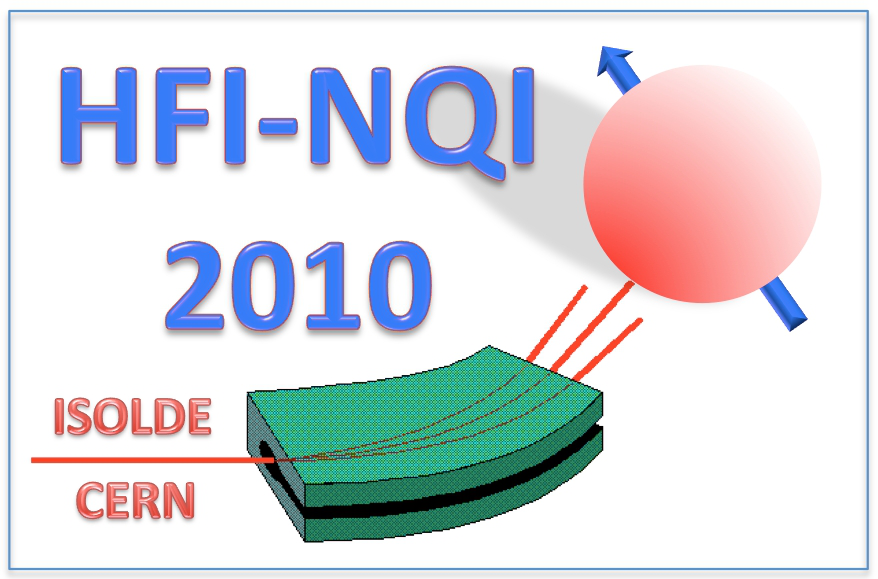Speaker
Description
Summary
There is renewed interest in bismuth ferrite, BiFeO3, due to its special multiferroic properties at and above room temperature (RT) [1, 2]. It is therefore important to investigate the structural, electronic and magnetic properties of doped BiFeO3 systems such as BiHoFeO3 using a suite of spectroscopic methods. Here we present results of 57Fe-Mössbauer spectroscopy (MS) studies on Ho substituted BiFeO3. The MS measurements were performed in standard transmission geometry with a 57Co(Rh) source, at 90 K and on the as-synthesized sample, and at room temperature after annealing the sample at temperatures between 373 K and 1123 K in argon for 18 hours. Selected Mössbauer spectra are shown in Figure 1. The spectra at 90 K, for the as-synthesized sample and after annealing at TA less than or equal to 673 K are very similar and are generally characterized by two Zeeman sextets and two quadrupole split doublets. The isomer shifts and hyperfine fields of the sextets are close to those observed for BiFeO3; the quadrupole splitting of the sextets are much larger. However, at TA > 673 K, the recorded spectra exhibit collapsing magnetic fields and pronounced growth of the central regions are observed at higher annealing temperatures and this is tentatively assigned to paramagnetic spectral components. Raman spectroscopy, X-Ray Powder Diffraction and magnetization data will be presented to confirm the findings obtained from the Mössbauer results.
References
[1] A. Palewicz et. al., Acta Cryst. (2007) B 63, 537-544.
[2] A. Palewicz et. al., Solid State Communications 140 (2006) 359-363.
| Are you a student, a delegate from developing countries or a participant with physical needs and would like to apply for a sponsored accomodation. Please answer with yes or no. | yes |
|---|---|
| Please specify whether you would prefer an oral or poster contribution. | poster |
